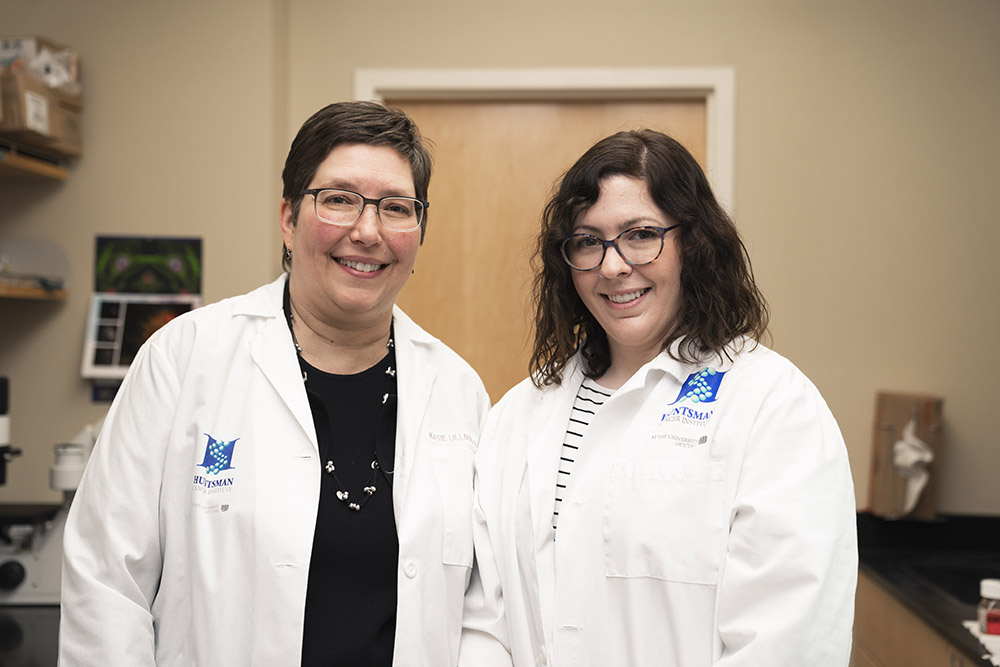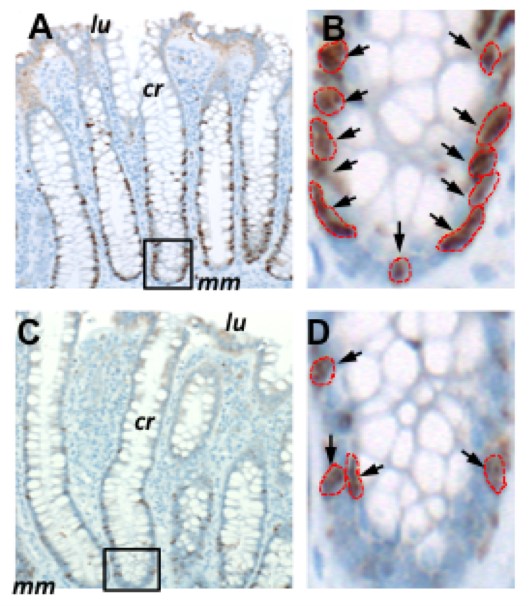Human artificial chromosomes (HACs) capable of working within human cells could power advanced gene therapies, including those addressing some cancers, along with many laboratory applications, though serious technical obstacles have hindered their development. Now a team led by researchers at the Perelman School of Medicine at the University of Pennsylvania has made a significant breakthrough in this field that effectively bypasses a common stumbling block.
Tag: Cell Division
RUDN Chemists Used ML and Molecular Modeling to Identify Potential Anticancer Drugs
RUDN University chemists and colleagues from China built several machine learning models and discovered a group of potential drugs that inhibit the enzyme responsible for uncontrolled cell division.
MD Anderson Research Highlights for August 30, 2023
The University of Texas MD Anderson Cancer Center’s Research Highlights showcases the latest breakthroughs in cancer care, research and prevention. These advances are made possible through seamless collaboration between MD Anderson’s world-leading clinicians and scientists, bringing discoveries from the lab to the clinic and back.
Recent developments include a novel computational tool to detect single base pair DNA changes in single-cell sequencing data, a potential target to treat hypertension caused by drugs commonly used in organ transplants, further insights into the steps involved in genetic recombination, a novel treatment target for a subset of adenoid cystic carcinoma (ACC), a combination therapy that improves outcomes in certain patients with acute myeloid leukemia (AML), and a target for treating prolonged cytopenia in patients with relapsed/refractory large B cell lymphoma treated with chimeric antigen receptor (CAR) T cell therapy.
How bacteria surf cargo through the cell
The University of Michigan researchers found some bacteria ship cellular cargo by “surfing” along proteins called ParA/MinD ATPases
Beyond the average cell
Models based on an average cell are useful, but they may not accurately describe how individual cells really work. New possibilities opened up with the advent of single-cell live imaging technologies. Now it is possible to peer into the lives of individual cells. In a new paper in PLOS Genetics, a team of biologists and physicists from Washington University in St. Louis and Purdue University used actual single-cell data to create an updated framework for understanding the relationship between cell growth, DNA replication and division in a bacterial system.
The clever glue keeping the cell’s moving parts connected
Researchers from Paul Scherrer Institute PSI and ETH Zurich have discovered how proteins in the cell can form tiny liquid droplets that act as a smart molecular glue.
Crowning a quest into a very well-guarded secret: Structure of the kinetochore corona finally revealed
Cell division builds our bodies, supplying all cells in our tissues and organs, from the skin to the intestine, from the blood to the brain.

Researchers Find New Insights Linking Cell Division to Cancer
Scientists at Huntsman Cancer Institute (HCI) at the University of Utah (U of U) and collaborators at the University of California, San Francisco (UCSF) published research in the journal Nature extending our understanding of cell division. They discovered the protein LEM2 has two important functions during cell division.

Novel Study Documents Marked Slowdown of Cell Division Rates in Old Age
In a novel study comparing healthy cells from people in their 20s with cells from people in their 80s, researchers at the Johns Hopkins Kimmel Cancer Center say they have documented that cell division rates appear to consistently and markedly slow down in humans at older ages.